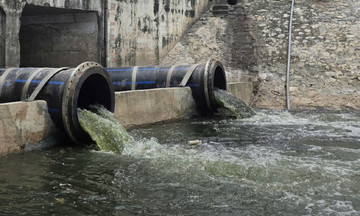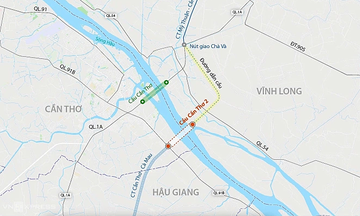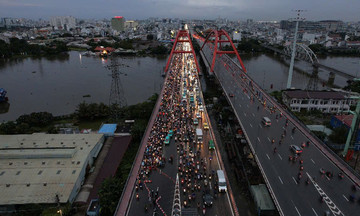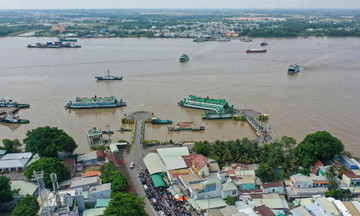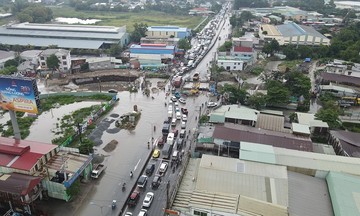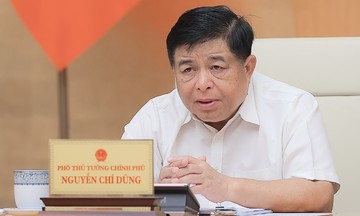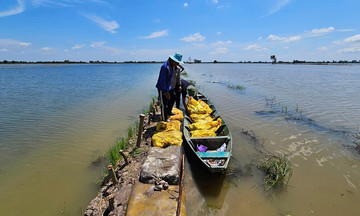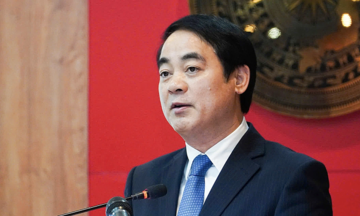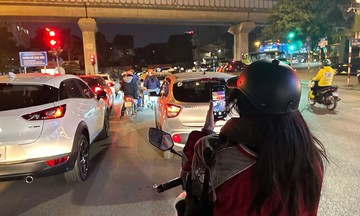At a meeting on September 9 reviewing the city's socio-economic performance, Ho Chi Minh City People's Committee Chairman Nguyen Van Duoc expressed frustration over the stalled disbursement of public investment funds. "Disbursement rates improve after reviews and criticisms, but then stagnate when left to their own devices. In the past two months, disbursement hasn't even reached 1%. This is due to internal issues, not external factors," he stated.
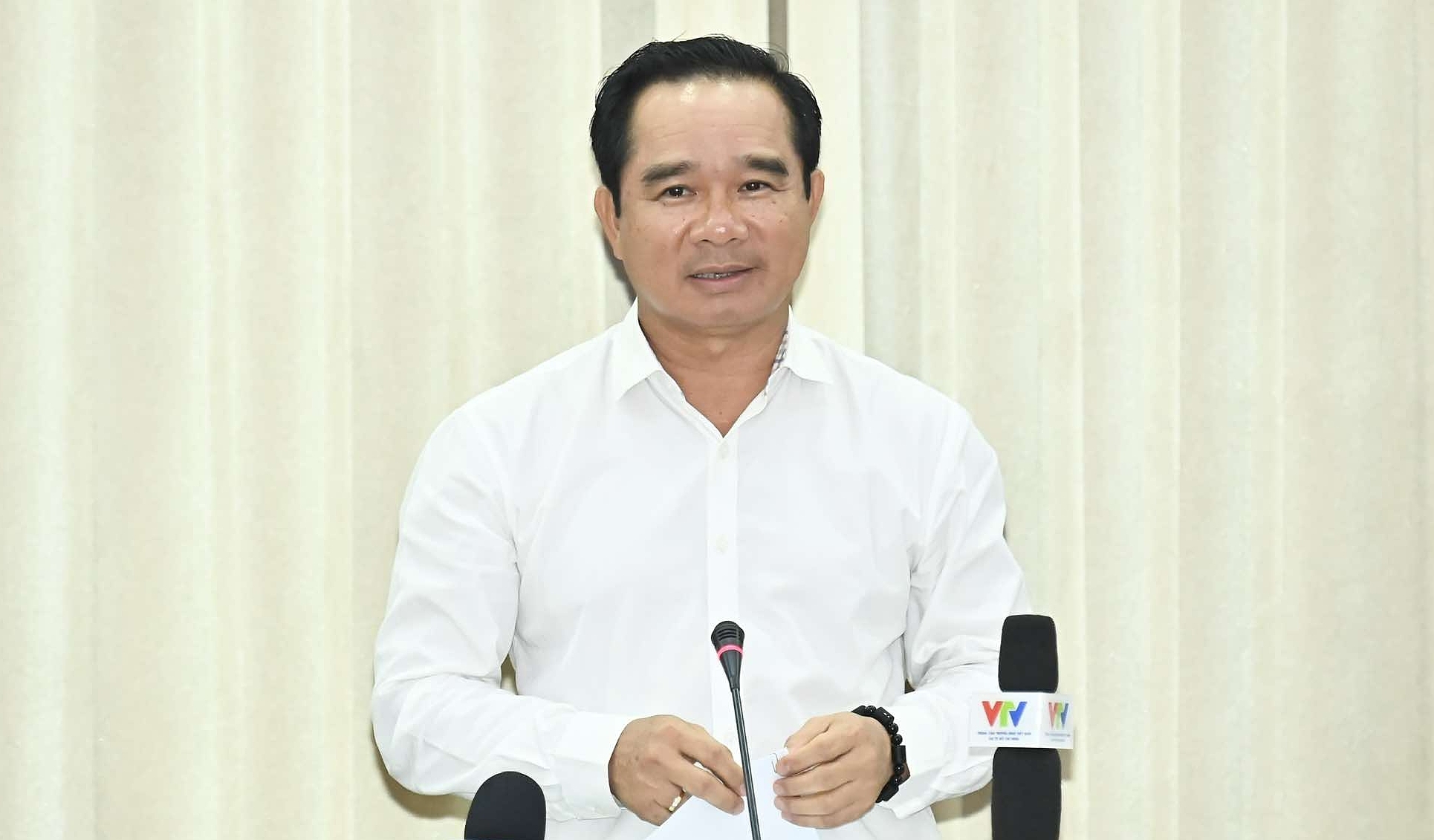 |
HCMC People's Committee Chairman Nguyen Van Duoc speaks at the meeting on 9/9. Photo: An Phuong |
HCMC People's Committee Chairman Nguyen Van Duoc speaks at the meeting on 9/9. Photo: An Phuong
Following the merger with Binh Duong and Ba Ria-Vung Tau provinces, Ho Chi Minh City's public investment plan now encompasses over 6,800 projects, including those previously managed at the district and commune levels. The total allocated capital is nearly 156,000 billion VND, with almost 119,000 billion VND assigned by the Prime Minister and a reserve of 2,780 billion VND. This represents the largest public investment ever allocated to a single locality.
Chairman Duoc noted that by the end of Quarter 2, the city's disbursement rate had reached 43%, surpassing 40% for the first time in years. However, progress faltered in the following two months. As of August 29, the disbursed amount was 51,533 billion VND, representing 43.3% of the Prime Minister's allocated funds.
"Disbursement efforts lack a solid foundation. The biggest bottleneck lies in site clearance, and we must acknowledge that this is due to internal issues, not external factors," Duoc emphasized.
He cited the Ho Chi Minh City-Moc Bai expressway project as an example. Tay Ninh province has nearly completed compensation and site clearance for the over 26 km section within its jurisdiction, disbursing over one thousand billion VND to residents. Meanwhile, Ho Chi Minh City has lagged, only recently approving valuations. Before July 1, prior to the district mergers, the city administration had asserted that 5,000 billion VND would be disbursed in July and August.
"At that time, a little extra effort would have sufficed, but progress stalled," Duoc stated. After the merger, with districts divided into communes, only minor adjustments were needed to proceed with compensation, yet this remains incomplete.
Chairman Duoc urged officials to take responsibility, stating that the merger cannot be blamed for the delays. Tay Ninh province, which also underwent restructuring, proceeded at a rapid pace. He further illustrated the issue with the Binh Tien bridge and road project in former District 6. The project requires only boundary adjustments, a process currently hindered by unclear guidelines regarding commune-level planning authority. However, this procedural issue should not impede the technical design, which could proceed concurrently.
He also pointed to National Highway 13, which received reallocated funds but remains stagnant. "This demonstrates a lack of flexibility in implementation, causing project delays and hindering disbursement," he said.
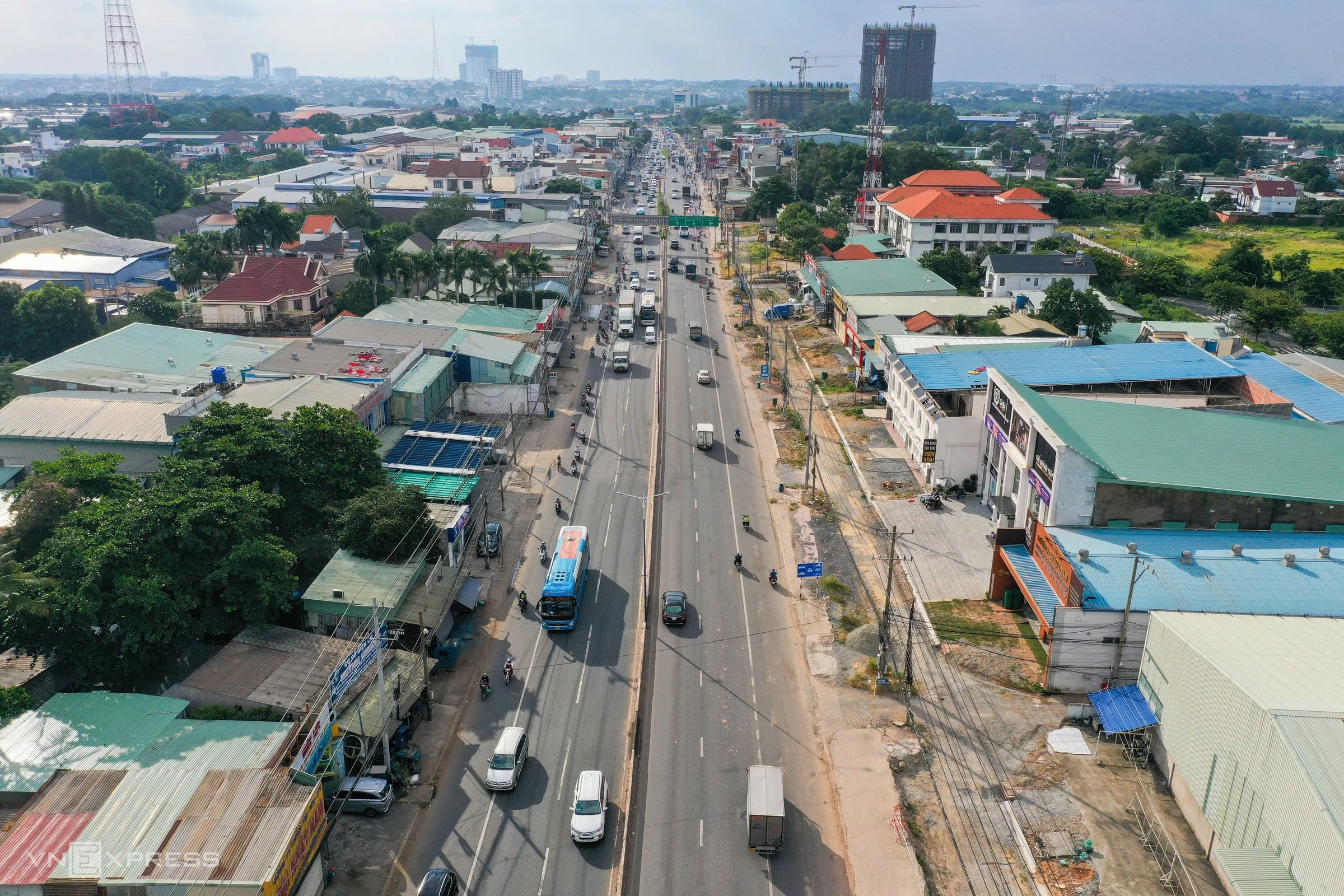 |
National Highway 13 is a project to expand the connection between former HCMC and Binh Duong areas. Photo: Quynh Tran |
National Highway 13 is a project to expand the connection between former HCMC and Binh Duong areas. Photo: Quynh Tran
Another contributing factor, according to Chairman Duoc, is the confusion and staff shortages at the commune and ward levels. Unclear coordination between the compensation boards under the Department of Agriculture and Environment and the commune and ward People's Committees has further hampered compensation efforts.
At the meeting, Nguyen Toan Thang, Director of the city's Department of Agriculture and Environment, acknowledged initial coordination challenges between the specialized departments of the commune-level People's Committees and the compensation boards. While existing coordination procedures remain in place, and compensation progress is monitored, any planning conflicts necessitate immediate halts, affecting disbursement. In the former Binh Duong area, where compensation for site clearance accounts for 80% of the total disbursement, representatives highlighted a shortage of specialized personnel at the commune level to carry out this task. Similarly, the former Ba Ria-Vung Tau area cited material shortages, such as sand and gravel, as impacting construction progress and disbursement.
However, Chairman Duoc dismissed the material shortage excuse, stating that contractors are obligated to fulfill their contracts and cannot use material shortages as justification. "Each sector, each level, and each official must confront the root causes to address the public investment issue. This level of delay is unacceptable," he stressed, reiterating the city's goal of 100% disbursement of the Prime Minister's allocated public investment funds.
Le Tuyet




